Description
ABB PM866 (3BSE050200R1) – High-performance AC 800M CPU for reliable process control and 800xA integration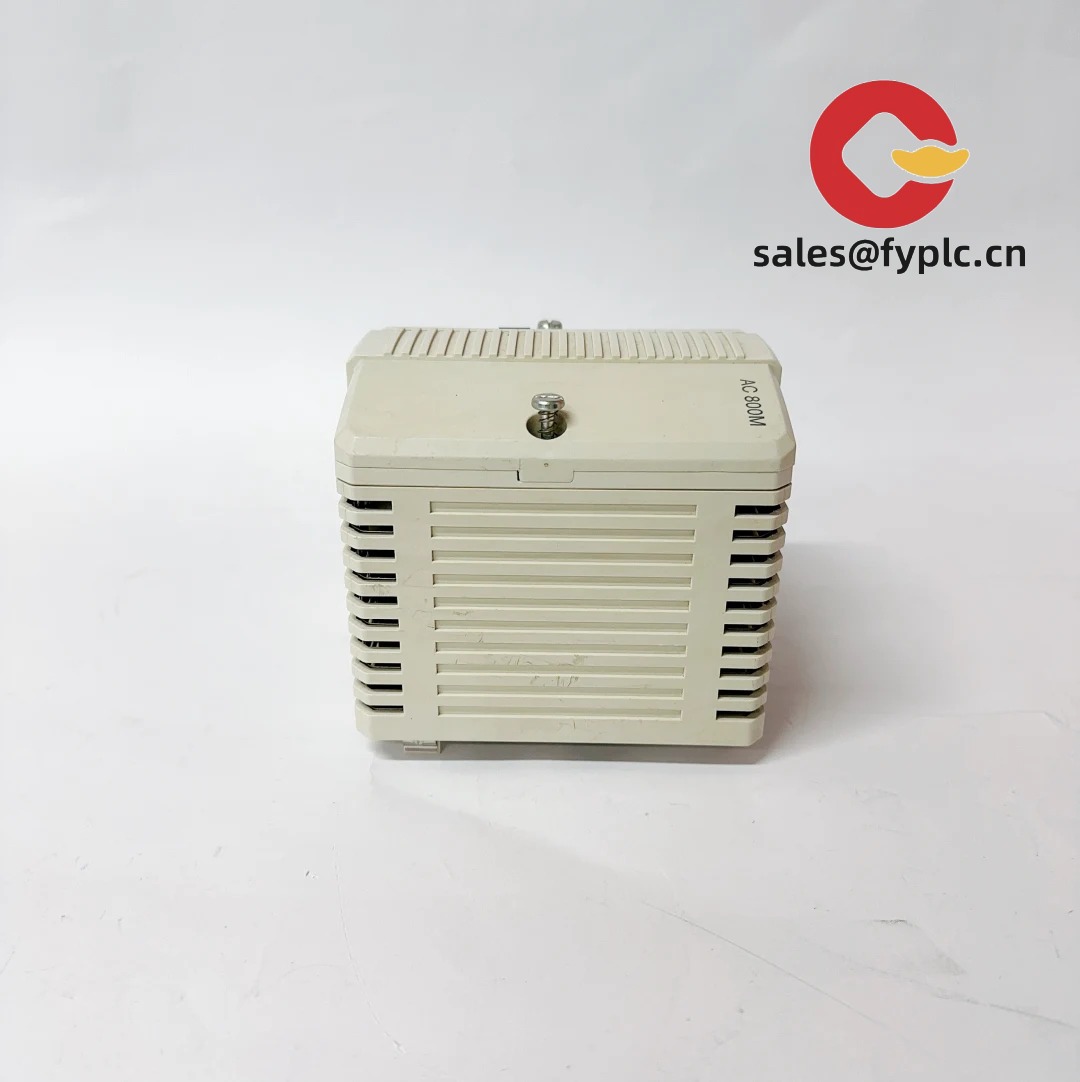
The ABB PM866 (part no. 3BSE050200R1) is a proven CPU module in the AC 800M family, typically used as the main controller in ABB 800xA and Freelance-based systems. From my experience, PM866 strikes a good balance between performance, network redundancy options, and lifecycle availability—ideal when you need a drop-in replacement or a stable controller for brownfield upgrades without rewriting your standards.
Company’s Order Placement Process and Guarantees
- Warranty: 365 days
- Delivery: 1 week if in stock; no more than one month at the latest
- Payment: 50% advance payment; full payment before delivery
- Express options: FedEx, UPS, DHL
Key Features
- AC 800M platform compatibility – Seamlessly fits into existing ABB 800xA architectures, typically without changing field wiring or I/O topology.
- Dual 10/100 Mbps Ethernet – Two embedded RJ45 ports for plant network segregation or redundant topologies; you might notice smoother switchover on ring or redundant links.
- Service/maintenance serial port – A dedicated RS‑232C port simplifies commissioning and recovery tasks.
- CEX expansion bus – Add communication modules (e.g., PROFIBUS, Modbus) to match site standards and legacy interfaces.
- CPU redundancy capable – Supports high-availability setups when paired with the redundancy module (SM801) and a second PM866.
- S800 I/O integration – Connects to ABB S800 I/O over ModuleBus, letting you scale DI/DO/AI/AO by simply adding I/O slices.
- Industrial temperature range – Designed for cabinet mounting in typical plant environments up to around 55 °C.
- Control Builder M / 800xA tools – Engineering and firmware handled through ABB’s toolchain, which eases lifecycle support.
Technical Specifications
| Brand / Model | ABB PM866 – 3BSE050200R1 (AC 800M CPU) |
| HS Code | 8537.10 (Boards/panels for electric control, ≤1000 V) |
| Power Requirements | 24 V DC nominal (typically 19.2–28.8 V DC), approx. 10 W for CPU module |
| Dimensions & Weight | AC 800M compact CPU form factor; typical module width ~59 mm; mass ~0.5–0.6 kg |
| Operating Temperature | 0 to +55 °C (cabinet-mounted, normal industrial conditions) |
| Signal I/O Types | No on-board I/O; uses ABB S800 I/O (DI/DO/AI/AO) via ModuleBus |
| Communication Interfaces | 2 × Ethernet 10/100BASE‑T (RJ45); 1 × RS‑232C service port; CEX expansion bus; ModuleBus for S800 I/O |
| Installation Method | DIN‑rail, on AC 800M baseplate (e.g., SB821) with 24 V DC supply module; panel enclosure integration |
| Software Environment | ABB Control Builder M / 800xA, firmware loaded via engineering workstation |
| Redundancy | CPU redundancy supported with SM801 and a second PM866 |
Application Fields
The PM866 is commonly applied in continuous and batch processes where uptime matters:
- Power generation (BoP and auxiliary systems), substations, and district heating controls
- Oil & gas, petrochemical, and chemical units needing robust redundancy
- Pulp & paper lines and water/wastewater facilities with large S800 I/O bases
- Mining, cement, and metals plants requiring long-term spares availability
- Food & beverage and pharmaceuticals where GxP-compliant reporting in 800xA is preferred
Advantages & Value
- Drop-in compatibility – Keeps your existing S800 I/O and network layout; typically shortens shutdown time.
- Lifecycle stability – ABB’s AC 800M line is well documented and supported, which reduces migration risk.
- Redundancy when you need it – Dual-CPU configurations are straightforward with standard ABB parts.
- Total cost control – Reusing cabinets, I/O, and engineering standards often beats a wholesale platform change.
- Technical backing – Firmware, engineering tools, and spares are widely available in most regions.
A maintenance lead at a paper mill told us they swapped a PM866 into an aging AC 800M rack and were back online in about 90 minutes—most of the time spent verifying I/O diagnostics rather than rewriting logic. That seems to be the common story with this platform.
Installation & Maintenance
- Cabinet & mounting – Install on the ABB baseplate (e.g., SB821) on DIN rail inside a grounded, ventilated enclosure. Allow clearance for top/bottom airflow.
- Power & grounding – Feed 24 V DC from a regulated, low-ripple PSU. Tie shields and reference ground per ABB grounding practices to minimize noise.
- Networking – Use industrial Ethernet cabling (Cat5e/6) and define separate VLANs or redundant rings when required by your 800xA architecture.
- Wiring practices – Separate power, signal, and Ethernet routes. Keep serial service leads short and shielded where practical.
- Redundancy setup – For dual CPUs, install SM801, follow ABB wiring for sync links, and confirm firmware alignment on both controllers.
- Routine care – Periodically back up the application via Control Builder M, check event logs, vacuum dust from the cabinet (no compressed air towards connectors), and review firmware advisories before updating.
You might notice that most issues in the field come from grounding or mixed network topologies rather than the CPU itself. A quick audit of cabinet earthing and switch configs usually prevents intermittent faults.
Quality & Certifications
- CE compliance for industrial environments
- UL/cUL listed (typical for AC 800M modules)
- RoHS compliant
- Manufactured under ISO 9001 quality systems
- Manufacturer’s standard warranty practices apply; our coverage: 365-day warranty
Related/Supporting Components (commonly paired)
- SB821 baseplate (AC 800M), SD823 24 VDC power module
- SM801 redundancy module for dual-CPU configurations
- Communication modules on CEX bus (e.g., PROFIBUS DP, Modbus)
- S800 I/O modules and ModuleBus interfaces for field signals

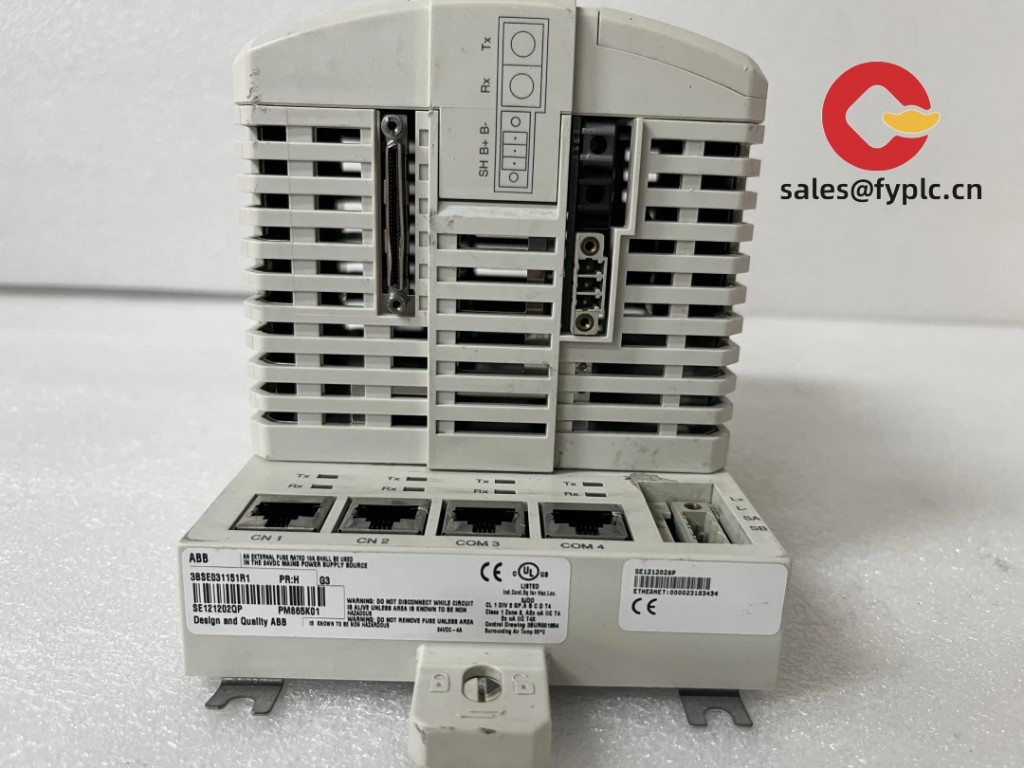
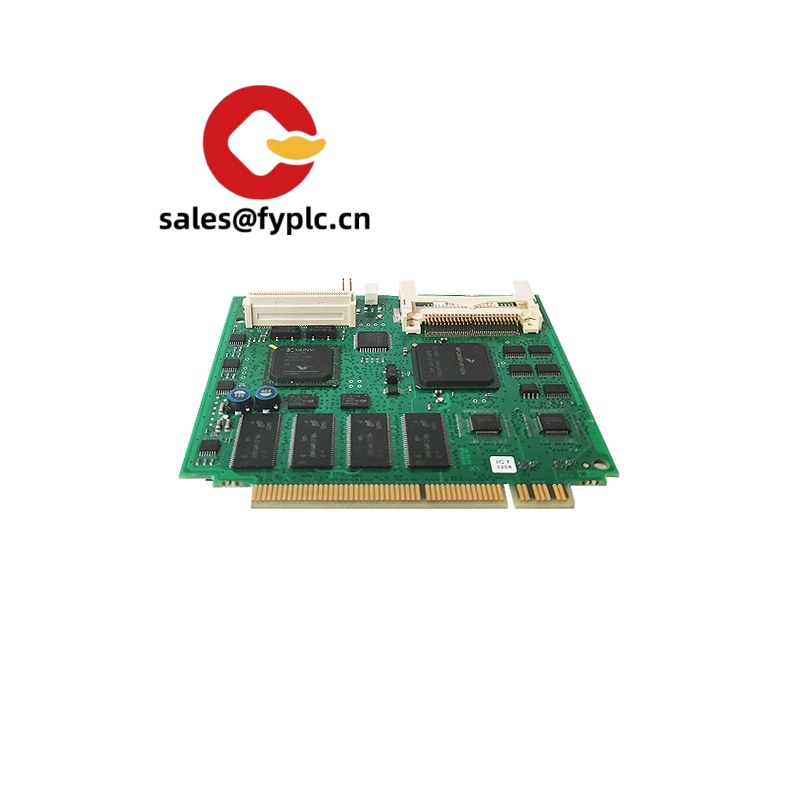
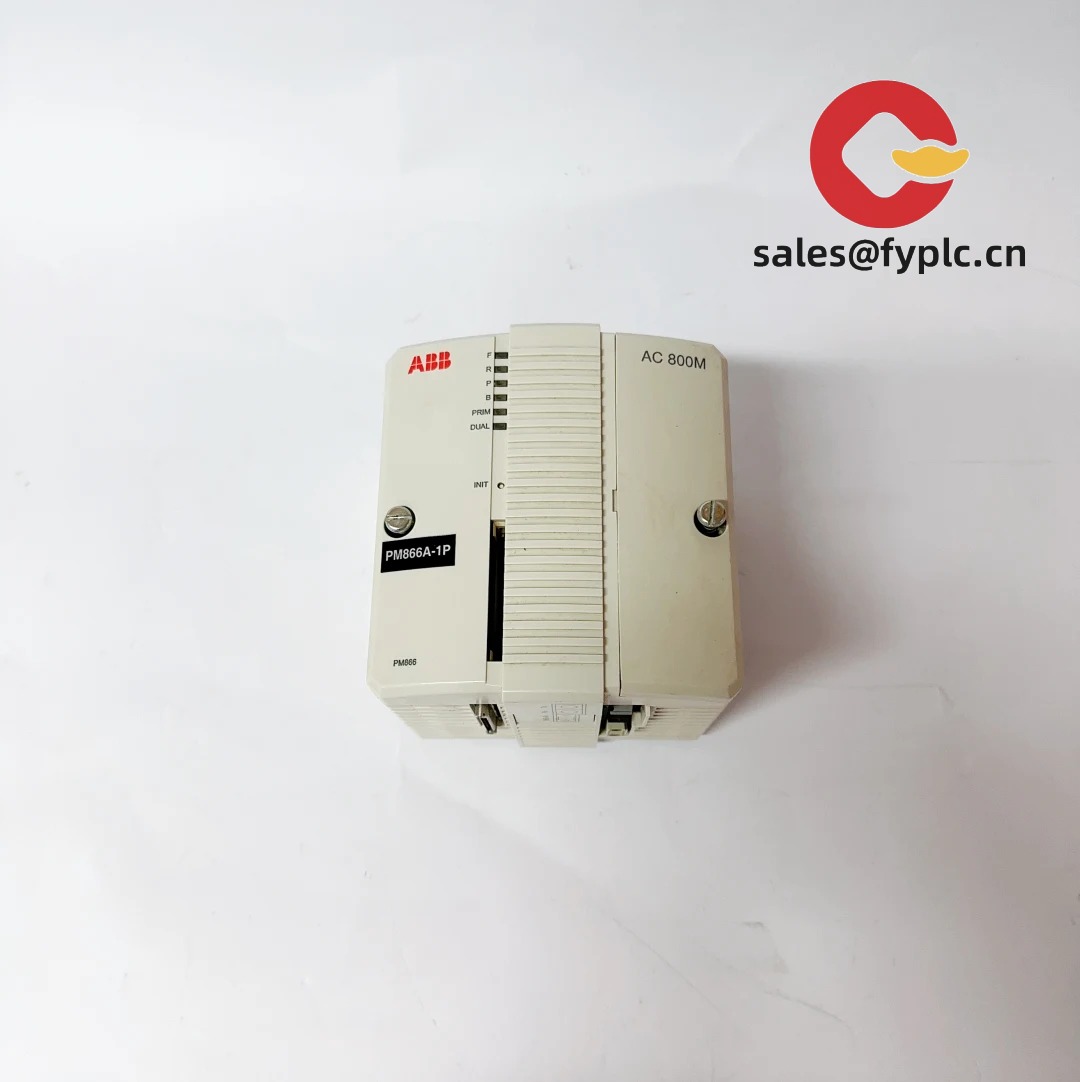



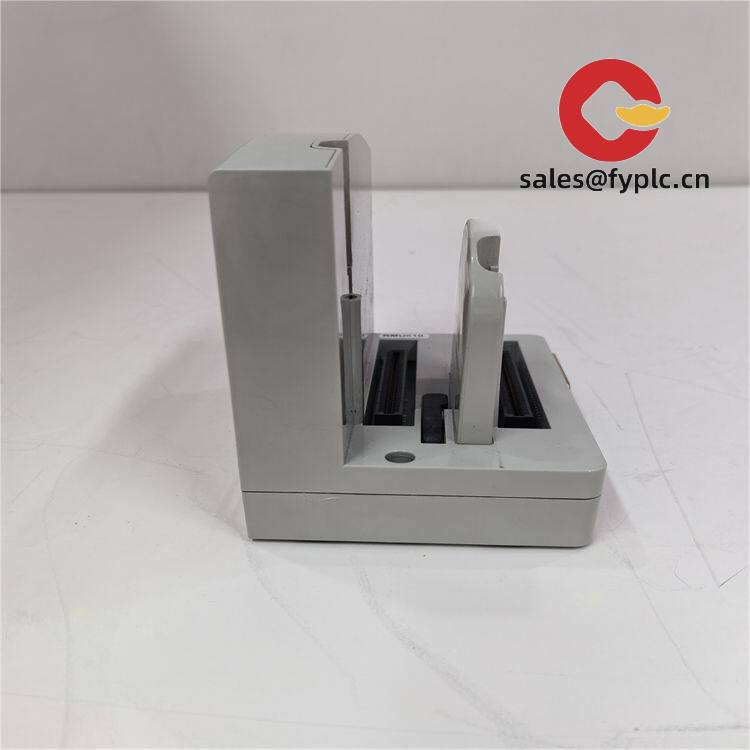
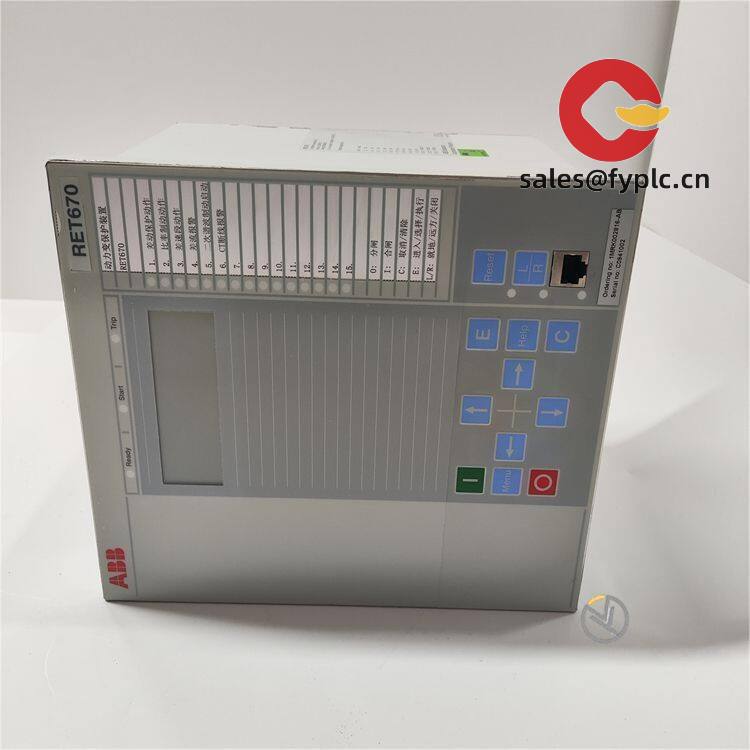
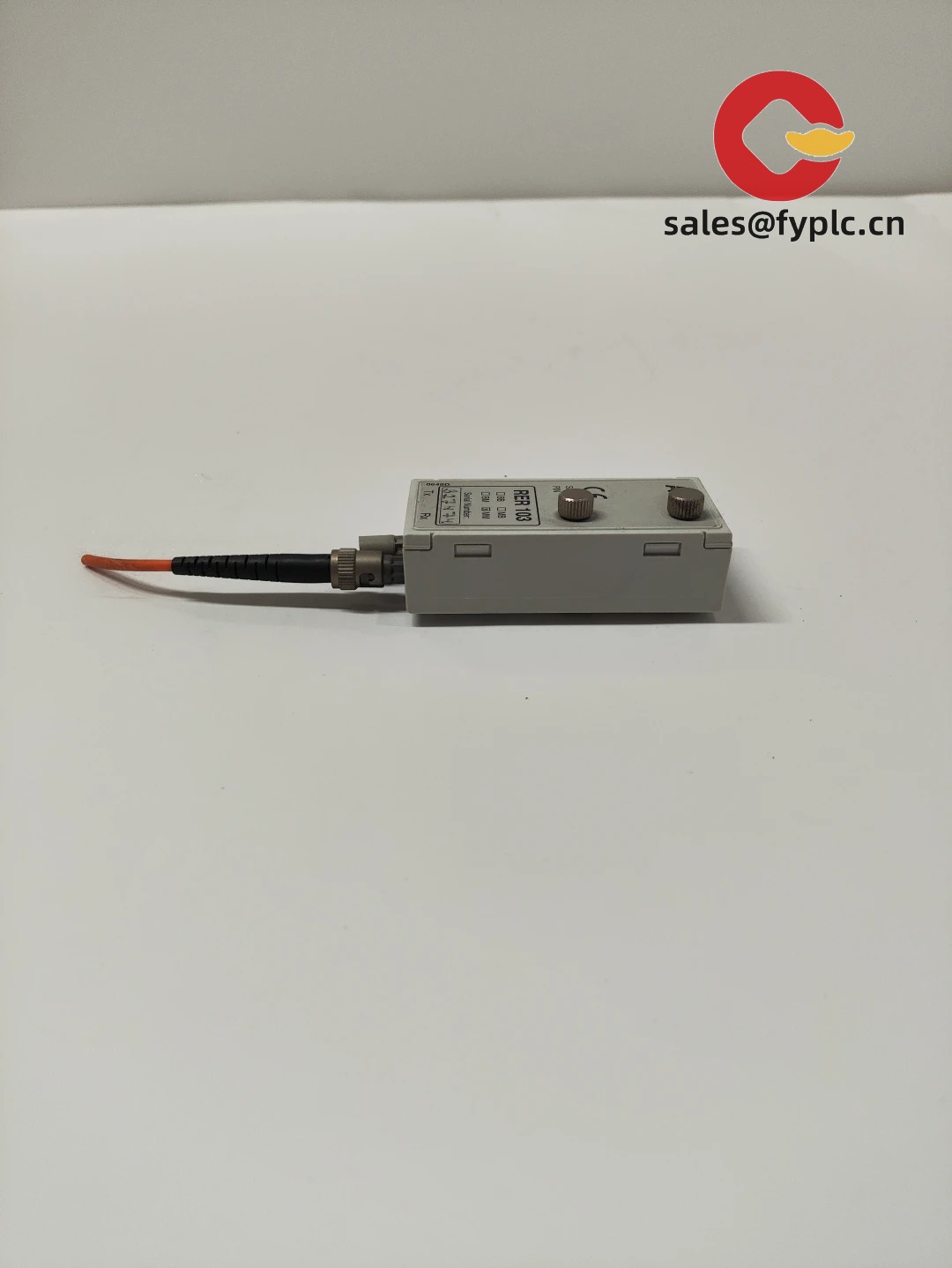
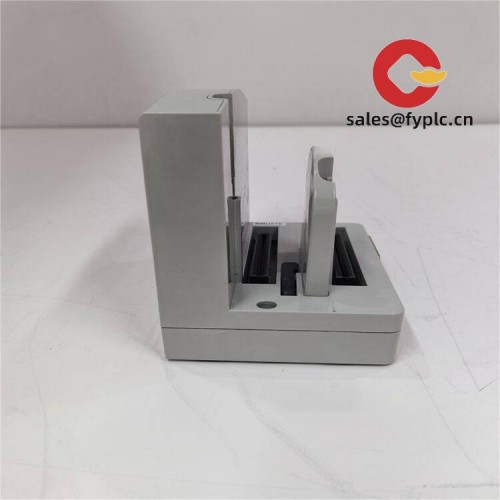
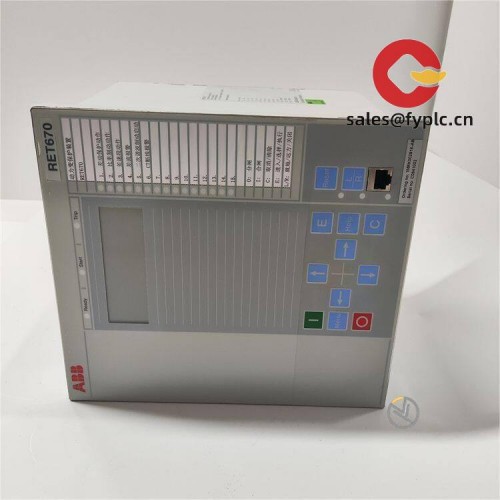


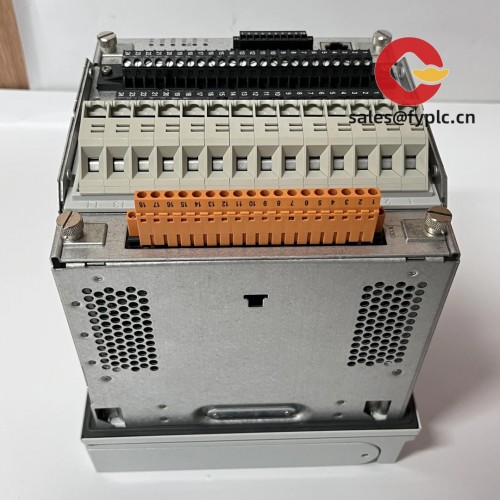


Reviews
There are no reviews yet.